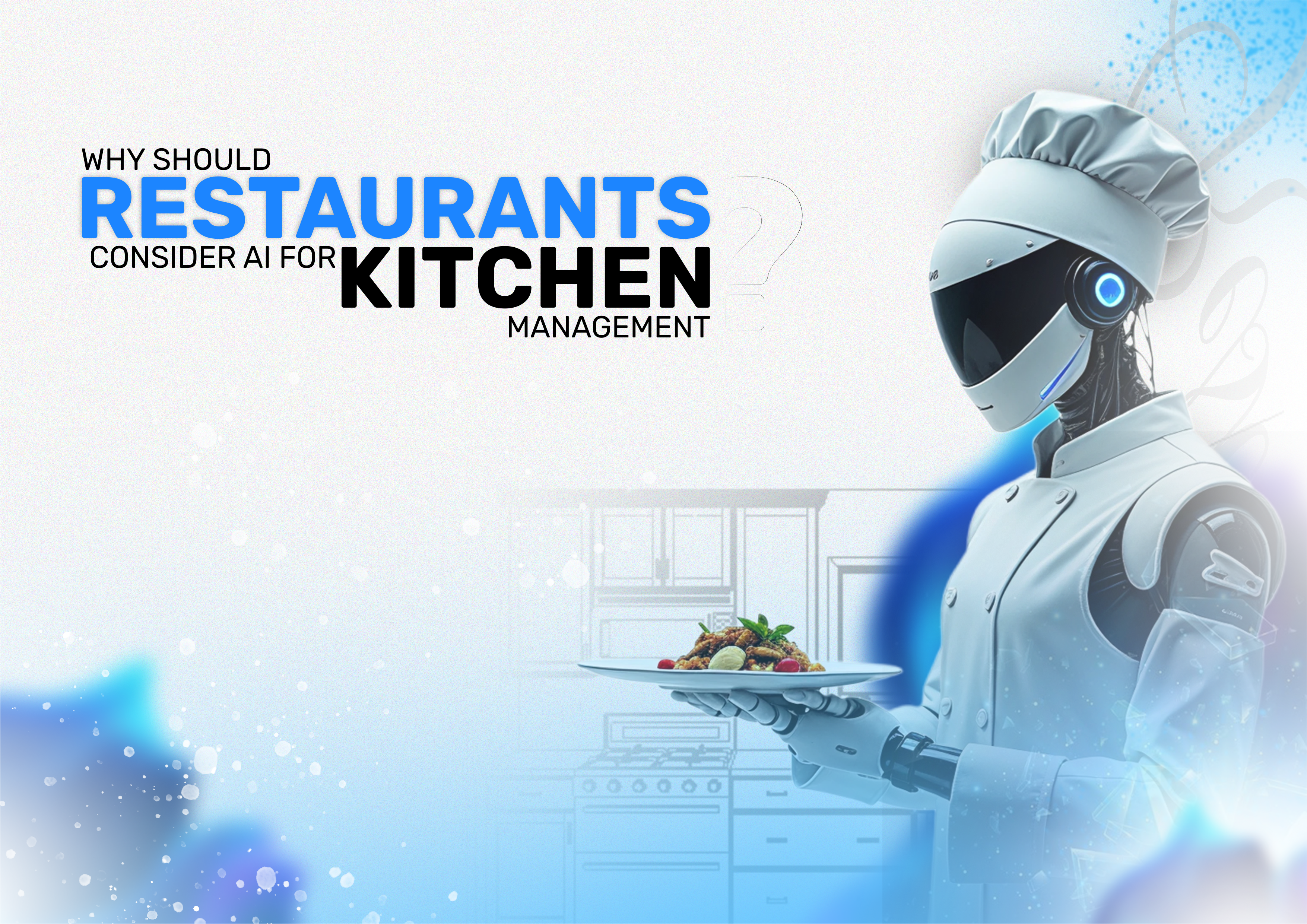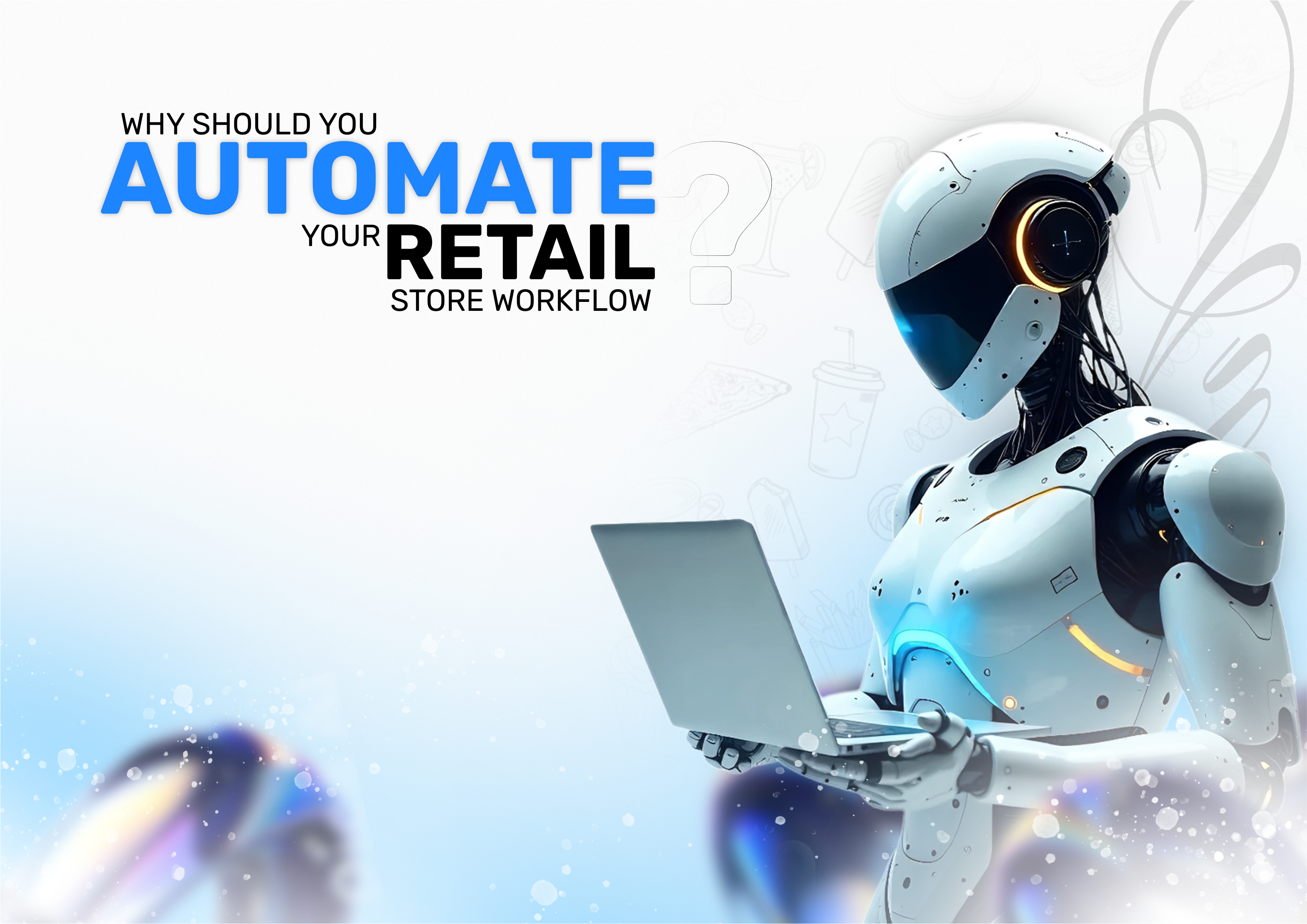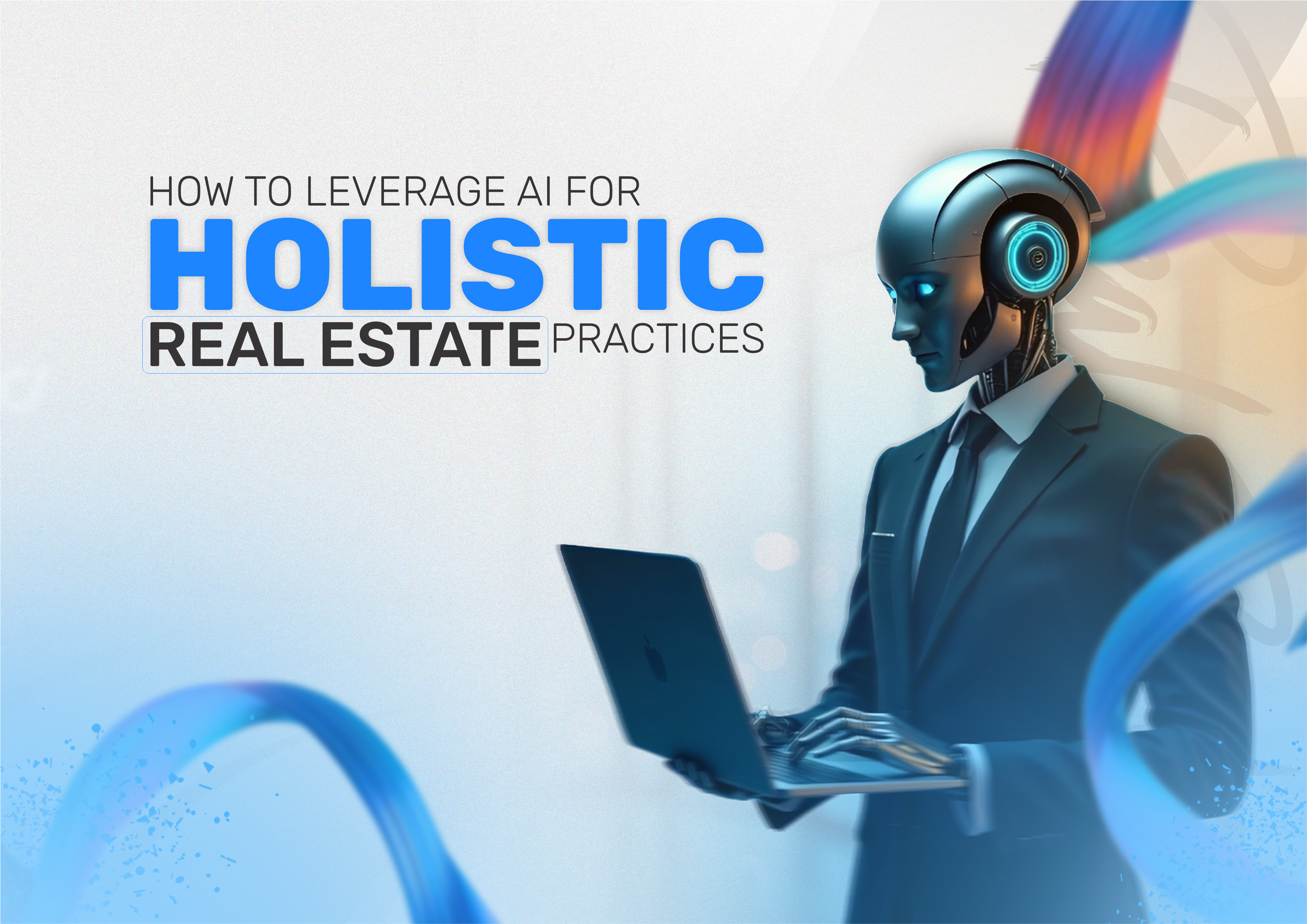Last month, I watched my neighbor’s dog spend 45 minutes digging furiously under a tree. The dog was absolutely convinced there was something valuable buried there.
Spoiler: there wasn’t!
What got me was all that effort going nowhere, full effort, no results.
In many ways, the construction industry can look the same. The hours are long, the work is tough, and the budgets aren’t small. Yet somehow, things still run late, cost more, or hit avoidable problems.
Now imagine that same dog, but with a map. That’s what AI in construction industry brings to the table. Artificial intelligence is being used not just to manage tasks, but to predict, prevent, and improve. And it’s doing it at scale, saving some companies up to 40% in project costs.
This isn’t theory. It’s already happening. And in this blog, we’ll explore how construction teams are making smarter decisions and where AI is already proving itself in the field.
Why Construction Projects Always Go Over Budget
In theory, a construction timeline is straightforward: plan, build, finish. In practice? It’s rarely that simple. Most projects go over budget, not by a little, but by a lot. In fact, research from McKinsey shows that large construction projects typically run 80% over budget and 20% over time.
The reasons aren’t complicated; they’re just costly. When teams miss signals, materials run late, labor drifts, and gear fails, small hiccups turn into big headaches. And most of it? No one sees it happening.
Construction sites move fast, but decision-making doesn’t always keep up. Without reliable data or forward visibility, companies operate on assumptions and outdated reports. This slows down problem-solving and magnifies financial risk.
This is where AI in the construction industry begins to show its value. By pulling data directly from job sites, in real time, AI systems can flag cost overruns and highlight scheduling issues. And even recommend corrective actions before they’re needed.
So the issue isn’t that the industry lacks the tools to stay on budget. It’s that until recently, the tools didn’t know how to think ahead.
Five Real Ways AI Cuts Construction Costs
Ask anyone in the industry, and they’ll tell you, most construction losses don’t come from one big failure. They come from hundreds of small, preventable missteps that add up. AI doesn't replace people; it simply reduces the cost of being caught off guard.
Here’s how...
1. Predictive Analytics Stops Problems Before They Start
Imagine being able to see a delay two weeks before it happens. That’s what predictive analytics does. By analyzing project data, weather forecasts, material lead times, and labor performance, AI can detect early warning signs long before humans would notice.
This means issues get solved before they ever become “issues”, and timelines stay intact.
Fun Fact:
Q: How can AI enhance project risk management?
A: AI identifies risk trends early, allowing managers to act before issues escalate. This improves safety, budget control, and project timelines without last-minute scrambling.
2. Smarter Labor and Resource Scheduling
AI can analyze jobsite activity to optimize labor distribution. That means fewer workers standing around, less overlap, and tighter coordination between subcontractors. It also ensures materials arrive when needed , not too early, not too late.
This streamlining reduces downtime, which can quietly drain budgets day by day.
Fun Fact:
Q: How can the construction industry benefit from AI?
A: AI reduces delays, cuts costs, improves efficiency, and helps teams make data-driven decisions that improve results at every project phase , not just one.
3. Generative Design Cuts Time and Rework
Instead of manually drafting dozens of variations, AI-powered generative design can quickly propose structural layouts that meet all parameters, budget, safety, materials, sustainability.
The result? Faster approvals, fewer revisions, and designs that are cost-smart from the start.
Fun Fact:
Q: Can artificial intelligence change construction?
A: AI offers substantial benefits, including improved project efficiency and cost savings. It also enhances decision-making, making it an invaluable asset in modern construction.
4. Computer Vision Improves Quality Control
AI-driven cameras and sensors on construction sites can monitor progress and flag inconsistencies in real time. If something is off , a wall poured out of spec, for instance , the system alerts teams before rework becomes necessary.
That’s not just quality control. That’s cost control.
Fun Fact:
Q: How is AI transforming the engineering industry?
A: AI is automating repetitive tasks, improving design accuracy, and enabling smarter planning. Engineers spend more time solving problems, not managing them.
5. Predictive Maintenance Reduces Downtime
Equipment that breaks down unexpectedly doesn’t just cause a delay, it often leads to schedule shifts, labor rescheduling, and emergency rentals. AI uses IoT sensors to monitor machine health and recommend maintenance before something fails.
The outcome is less disruption, better performance, and leaner operational costs.
Fun Fact:
Q: What is the role of AI and IoT in construction machinery?
A: AI and IoT monitor equipment health in real time, flag potential failures, and help extend machine life while reducing unexpected costs and downtime.
How AI Is Delivering Wins on Real Projects
AI's impact on construction is no longer speculative; it's delivering measurable results across the industry.
Skanska, a global construction leader, has reported significant efficiency gains through AI integration. In their 2024 Annual and Sustainability Report, Skanska highlighted a record-high order backlog and improved operating margins, attributing part of this success to the adoption of AI technologies that enhanced project planning and execution.
McKinsey & Company's 2024 State of AI report indicates a significant uptick in AI adoption across construction firms, with many organizations reporting cost reductions and efficiency improvements. The report emphasizes that companies leveraging AI in project management and operations are seeing tangible benefits in terms of reduced delays and enhanced resource allocation.
These examples underscore that AI is not just a futuristic concept but a present-day tool delivering real value in construction.
Q: What is the potential for artificial intelligence in construction?
A: AI offers substantial benefits, including improved project efficiency and cost savings. It also enhances decision-making, making it an invaluable asset in modern construction.
AI Tools That Are Reshaping The Construction Industry
Artificial Intelligence is no longer a futuristic concept in construction; it's a present-day reality driving efficiency and innovation. Here's a look at some of the leading AI tools making significant impacts in 2024 and 2025:
-
Procore Copilot: An AI assistant integrated into Procore's platform, Copilot streamlines project management by automating tasks such as document retrieval and summarization, enhancing decision-making processes.
-
Autodesk Construction Cloud: Autodesk has integrated AI into its Construction Cloud, enabling predictive analytics for project outcomes, risk assessments, and resource optimization, thereby improving overall project efficiency.
-
Buildots: Utilizing computer vision, Buildots captures site data through helmet-mounted cameras, automatically comparing it against design models to identify discrepancies and track progress in real-time.
-
ALICE Technologies: ALICE employs generative scheduling algorithms to simulate construction sequences, allowing teams to explore various scenarios and optimize project timelines effectively.
-
nPlan: nPlan leverages historical project data to forecast potential risks and delays, providing actionable insights that help in proactive decision-making and risk mitigation.
-
OpenSpace: OpenSpace offers AI-powered site documentation by automatically capturing and organizing 360-degree images, facilitating seamless progress tracking and collaboration.
-
Downtobid: Downtobid's AI-driven platform helps contractors identify and bid on projects more efficiently, streamlining the procurement process.
These tools exemplify how AI is being harnessed to address traditional challenges in construction, from project planning and risk management to on-site execution and documentation.
Fun Fact:
Q: How to leverage AI in managing construction projects?
A: By integrating AI tools like Procore Copilot and Autodesk Construction Cloud, project managers can automate routine tasks and predict potential issues. This helps them make informed decisions, improve efficiency, and cut down costs.
What Decision-Makers Should Consider
For executives in construction, AI sounds promising, but let’s be honest: it also raises a few practical questions. What’s the ROI? How hard is it to implement? Will it disrupt current workflows?
The answers are clearer than ever in 2025!
AI in construction isn’t about gutting your systems. It’s about upgrading how decisions are made, from the top down. Tools like Procore Copilot and Autodesk Construction Cloud are designed to integrate with your existing workflows, not replace them. That means your team doesn’t have to become tech experts overnight, they just need the right data at the right time.
From a CFO’s perspective, the numbers are compelling. AI has been shown to cut project costs by 10–15% and improve timeline accuracy by up to 30% (McKinsey, 2024). That’s not just efficiency, that’s margin protection.
For COOs and project leaders, AI simplifies oversight. It highlights what needs your attention now, so nothing slips. And when you scale, the system scales with you.
Ultimately, the smartest move isn’t to wait for AI to prove itself; it’s to start applying it where it matters most today.
Fun Fact:
Q: How can IoT and AI be applied for the construction industry?
A: IoT and AI work together to automate planning and monitor assets in real time. The result is smoother workflows and insights that reduce errors and boost performance.
Future of AI in Construction Industry
The real question isn’t whether AI is here to stay in construction; it’s where it’s headed next.
Over the next few years, we’ll see AI move from task-specific support to project-wide orchestration. Instead of using AI for just monitoring or scheduling, construction firms will begin integrating it across the entire project lifecycle, from pre-design to closeout.
Autonomous construction machinery is one area picking up speed. Major players like Komatsu and Built Robotics are already piloting semi-autonomous graders and excavators that work with minimal human oversight, reducing labor strain and improving safety (Built Robotics, 2024).
Digital twins, virtual replicas of physical sites, will become standard in large-scale projects. AI uses these models to simulate real-world conditions, test design choices, and monitor performance over time, cutting risk before it even materializes.
According to the Autodesk Construction Trends Report 2025, over 60% of firms expect to increase AI investment in the next 24 months, with a focus on predictive modeling, robotics, and connected workflows.
AI won’t replace the construction workforce, but it will elevate it. The firms that embrace this evolution early will shape what the next generation of construction looks like.
Fun Fact:
Q: How are Robots and AI redefining the construction industry?
A: By automating repetitive tasks, improving safety, and enabling precision-driven workflows, AI and robotics are changing how, and how fast, we build.
Final Thoughts
Remember the dog we talked about at the beginning, digging hard, but without a map?
That’s what AI prevents. It doesn’t replace the work. It just makes sure the effort leads somewhere. In construction, that means fewer surprises, better margins, and timelines that stay on track. It means using the data you already have to make decisions that actually stick.
Artificial intelligence in the construction industry isn’t about adding more complexity. It’s about clearing the noise so your team can focus on what matters most.
Start with one smart step. One tool. One insight. Because once you stop digging blindly, everything changes.
And when you’re ready for the right tool, AXIOM builds it with you.
FAQs
Can artificial intelligence change construction?
It already is. AI helps teams work with insight, not instinct, saving time, money, and effort with every decision made.
How is AI being used in construction estimating?
AI analyzes historical project data, material costs, labor trends, and real-time market inputs to generate faster, more accurate cost estimates, reducing manual guesswork and budget risks.
What is AI in BIM?
AI in BIM (Building Information Modeling) enhances model intelligence by automating clash detection, predicting scheduling conflicts, and optimizing design alternatives based on performance, cost, and constructability.
Can AI replace BIM?
No. AI doesn’t replace BIM. It enhances it. BIM provides the model; AI makes that model smarter, faster, and more predictive for real-world decision-making.





